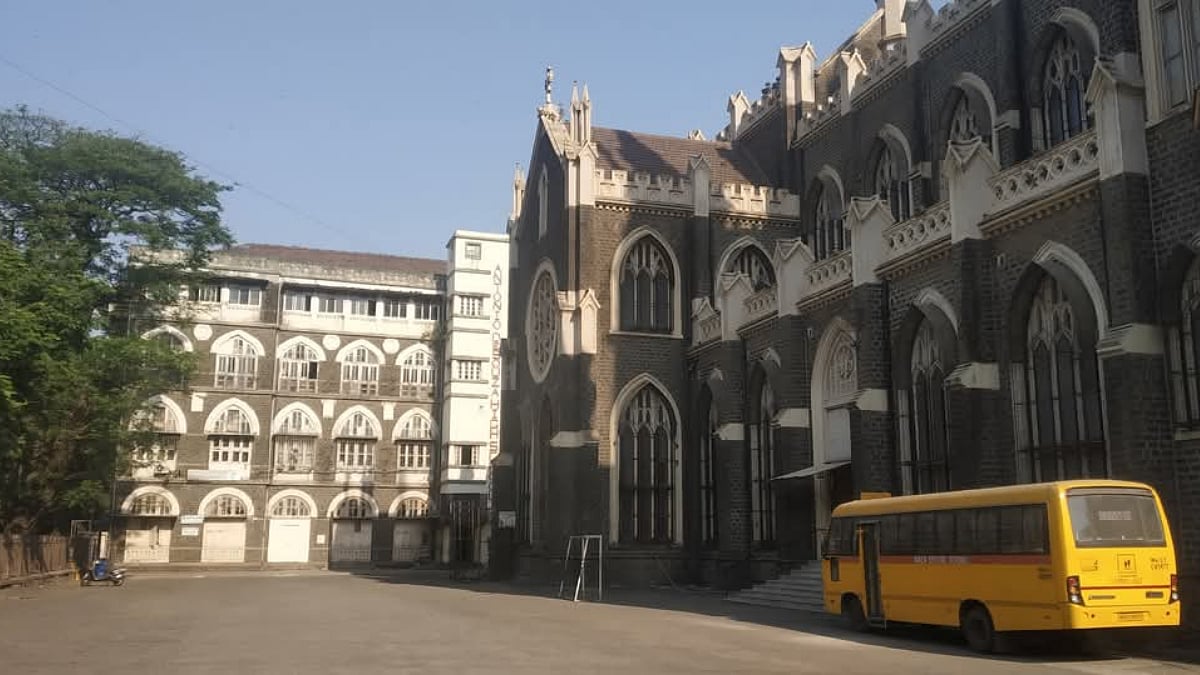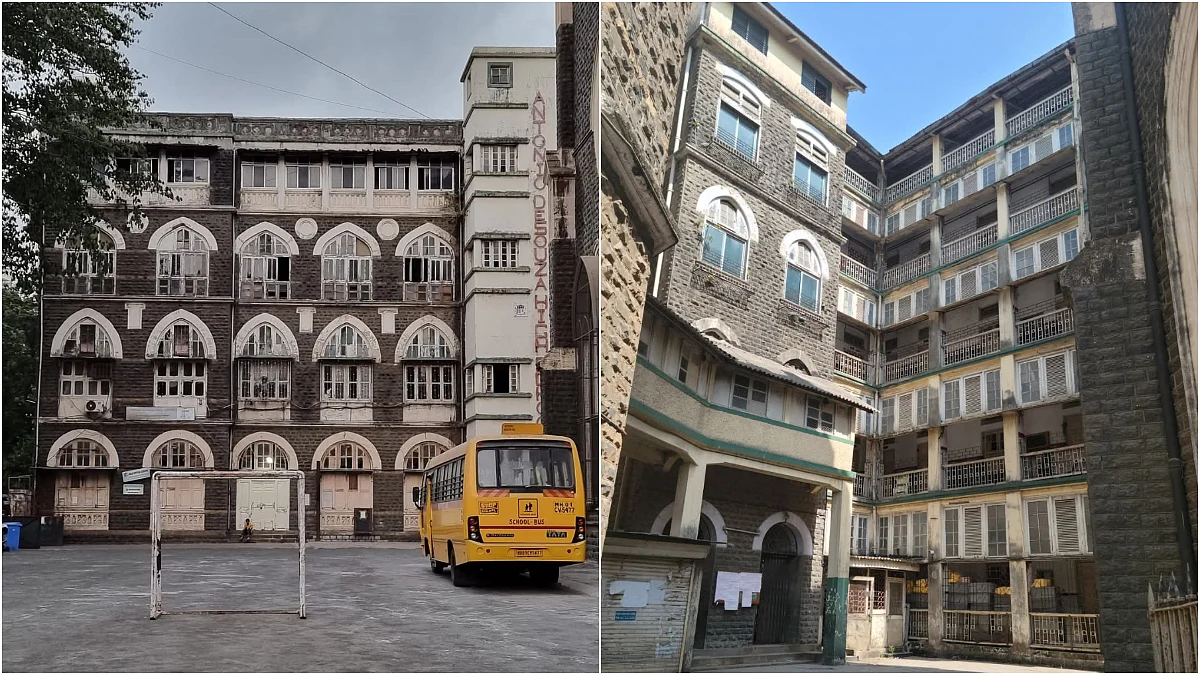Mumbai News: Byculla’s Antonio De Souza High School Marks 200 Years With Bicentennial Celebrations
The school, attached to Our Lady of Glory Church, popularly called Gloria Church, was established in 1825 as St John's High School. It was later renamed after one of its founders, Antonio N D'Souza, who bequeathed his estate to expand the institution.

Mumbai: One of Mumbai's oldest educational institutions, the Antonio De Souza High School at Byculla, is celebrating its bicentenary this year.
The school, attached to Our Lady of Glory Church, popularly called Gloria Church, was established in 1825 as St John's High School. It was later renamed after one of its founders, Antonio N D'Souza, who bequeathed his estate to expand the institution.
School principal, Father Sachin Lopes, said that he met former students on Monday to discuss plans for the bicentennial celebrations. "I have also had meetings with the teachers and we are trying to contact the alumni through social media," said Lopes.
Very little history of the school is currently available in public domain, except the name of the founders and the year of its establishment. Lopez said that they will look into the archives of the Archdiocese of Bombay to write down the story of how the school evolved into an institution that currently has nearly 3000 students on its rolls
Former students fondly call their school, ANZA, after the names of the founder and co-founder, John Braz Fernandes. Advocate Cyril Dara, who completed his schooling at the institution in 1987, remembered Father Dennis Pereira, the principal of the primary section, exempting him from school fees when his dad passed away.
"Father Pereira's favour in my life is unforgettable. He died at the age of 90 last year, but i met him at clergy home in 2020 and also attended his funeral in 2024. His favours have kept my sentiments with the school," said Dara.
Another ex-student who no longer lives in the locality, said, "It is an emotional moment for everybody.
Former students are meeting on August 22 to plan a fitting celebration for a revered institution that educated generations of students from diverse religious backgrounds. There are plans for a celebration after December 10 when the school will hold its annual day for current students. Thanksgiving prayers have been planned at Gloria Church in December.














